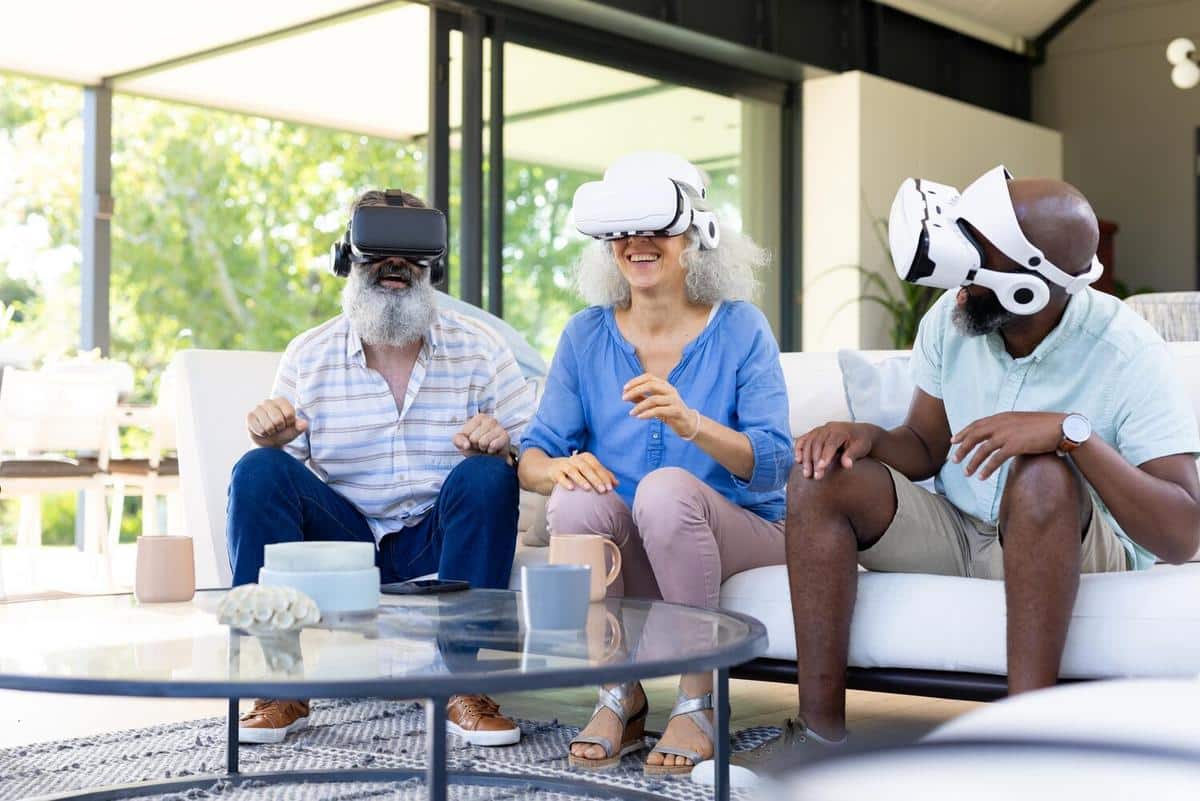
How Wearable Technology is Enhancing Virtual Reality Experiences
Imagine stepping into a virtual world where every move you make is mirrored with precision, and every sensation feels incredibly real. This is no longer a distant dream, thanks to the seamless integration of wearable technology with virtual reality (VR). As these innovations converge, the immersive experience of VR is reaching new heights, offering users a more dynamic and engaging interaction with digital environments.
Wearable technology has been a game-changer in the realm of virtual reality, enhancing the way we interact with digital spaces. By incorporating devices like VR headsets, haptic feedback suits, and motion-sensing gloves, users can navigate virtual landscapes with unprecedented realism.
Expert Insights into Wearable VR
Experts in the field suggest that the fusion of wearables with VR is set to redefine digital engagement. Dr. Emily Roberts, a leading researcher in immersive technologies, notes, “Wearable technology enables a deeper sensory connection, making VR experiences more tangible and emotionally impactful.” This sentiment is echoed across the industry as developers strive to blur the lines between the virtual and the physical.
The Statistics Speak
According to a report by TechCrunch, the global VR market is expected to grow exponentially, with wearable tech leading the charge. An estimated 70% of VR users have reported enhanced experiences when using wearables, indicating a significant trend towards this technology.
Real-world Applications
Consider the example of a gaming enthusiast who uses a VR headset paired with a haptic suit. The suit’s feedback system provides physical sensations in response to in-game actions, creating a more engaging and realistic experience. This technology isn’t limited to gaming alone; it extends to fields like healthcare, education, and training, where immersive simulations can enhance learning outcomes.
Actionable Tips for Embracing Wearable VR
- Start with basic wearables like VR headsets to get accustomed to the environment.
- Gradually incorporate additional devices such as motion sensors or haptic gloves to enhance immersion.
- Stay updated on the latest wearable tech advancements to maximize your VR experience.
Comparison of Popular Wearable VR Devices
| Device | Features | Price Range | Compatibility |
|---|---|---|---|
| VR Headset A | High-resolution display, adjustable straps | $$ | PC, Console |
| Haptic Suit B | Full-body feedback, lightweight | $$$ | PC |
| Motion Gloves C | Precise tracking, comfortable fit | $$ | PC, Console |
| VR Headset D | Field of view, integrated audio | $$ | PC, Mobile |
| Haptic Vest E | Upper body feedback, durable material | $$$ | PC |
| VR Headset F | Wireless connectivity, long battery life | $$$ | PC |
| Motion Sensors G | Accurate motion detection, easy setup | $ | PC, Console |
| Haptic Gloves H | Enhanced sensitivity, ergonomic design | $$ | PC |
FAQs
How does wearable technology improve VR experiences?
Wearables provide physical feedback and precise motion tracking, making VR interactions more realistic and immersive.
Are wearables necessary for VR?
While not mandatory, wearables significantly enhance the VR experience by adding sensory dimensions.
What should I consider when choosing wearable VR devices?
Consider compatibility with your existing systems, the range of features offered, and your budget.
As we advance further into the digital era, the synergy between wearable technology and virtual reality continues to evolve, offering more refined and immersive experiences. By embracing these innovations, users can explore vast digital worlds like never before, making wearable tech an integral part of the VR landscape.


